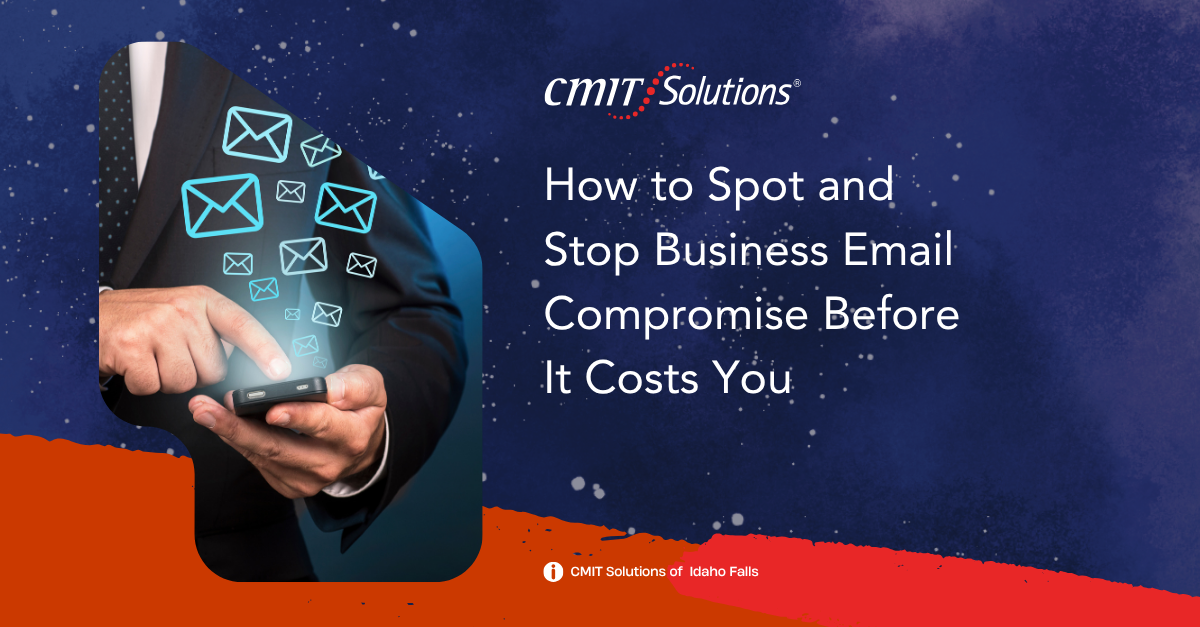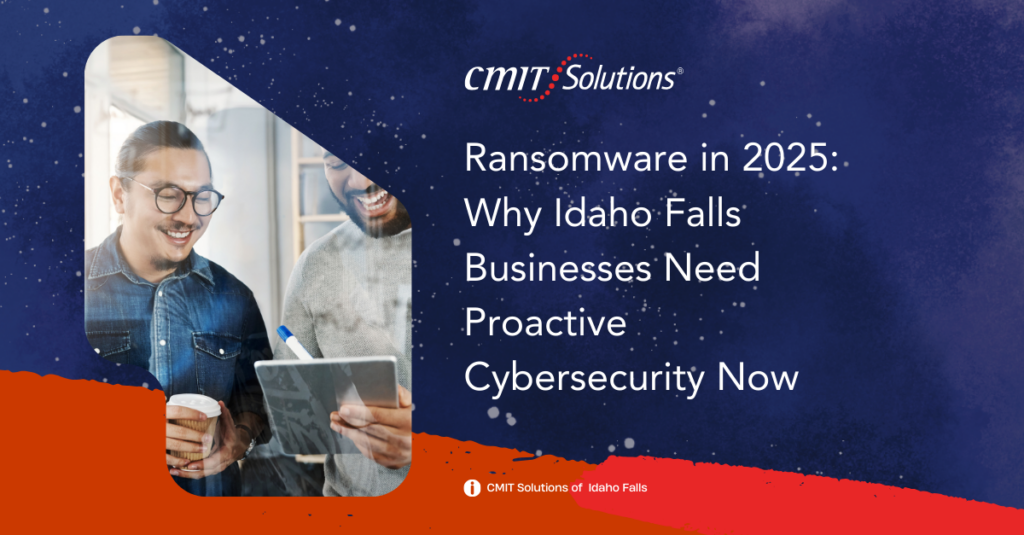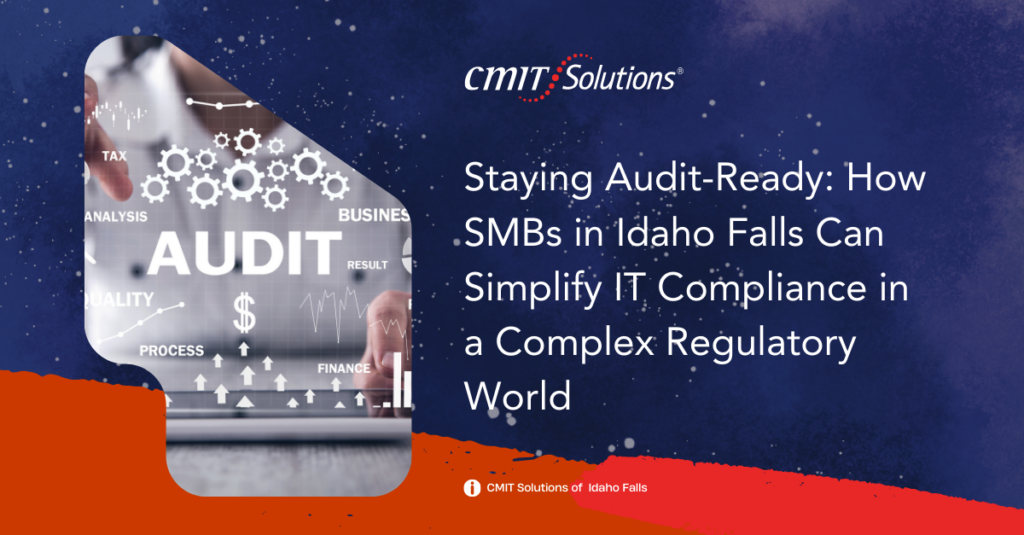Introduction
Business Email Compromise (BEC) is one of the most financially damaging cybercrimes today. While ransomware often grabs headlines, BEC quietly drains billions from organizations worldwide by impersonating executives, vendors, or partners through legitimate-looking emails. For small and midsize businesses (SMBs), the consequences can be devastating—both financially and reputationally.
Fortunately, BEC attacks follow patterns that can be detected and mitigated with the right awareness, technology, and policies. In this blog, we’ll outline how BEC works, how to recognize warning signs, and how to protect your business from becoming the next victim.
What Is Business Email Compromise?
BEC is a type of phishing attack where cybercriminals impersonate a trusted individual—typically a CEO, CFO, vendor, or HR representative—to manipulate employees into transferring funds, revealing sensitive information, or clicking on malicious links.
Unlike traditional phishing scams, BEC messages are highly targeted and personalized. They may:
- Spoof legitimate email addresses or domains
- Use social engineering to pressure recipients
- Avoid links or attachments to bypass spam filters
- Appear to come from known contacts or coworkers
These attacks typically target finance, HR, or C-level employees who have access to sensitive data or approval authority.
The High Cost of Falling for BEC
The average financial loss from a single BEC attack is significantly higher than other phishing attacks. According to the FBI, BEC caused over $2.7 billion in reported losses in 2022 alone.
Consequences may include:
- Unauthorized wire transfers or invoice fraud
- Exposure of employee or customer PII
- Legal and compliance violations
- Reputational damage and loss of client trust
Warning Signs Your Business Is Being Targeted
Recognizing early indicators can prevent an attack from succeeding. Be alert to:
- Unusual or urgent financial requests from executives
- Sudden changes in payment instructions from vendors
- Emails requesting sensitive data or login credentials
- Slight misspellings in email domains (e.g., johndoe@cmitsoIutions.com)
- Messages sent outside normal working hours
Why SMBs Are Especially Vulnerable
SMBs often lack the dedicated security teams and layered defenses found in larger enterprises. In some cases, they:
- Don’t enforce multi-factor authentication (MFA)
- Rely on outdated email platforms or protocols
- Lack employee training on phishing awareness
- Operate without advanced spam filters or threat detection
These vulnerabilities create an ideal environment for attackers who seek quick, high-yield targets.
How to Spot and Stop BEC Attacks
1. Train Your Team
Security awareness is your first line of defense. Educate employees to:
- Verify unusual requests through a separate communication channel
- Check sender email addresses carefully
- Report suspicious messages immediately
Reinforce training regularly, especially during periods of staff turnover or organizational change.
2. Implement Email Security Tools
Invest in solutions that can:
- Flag spoofed or impersonated emails
- Block messages from known malicious domains
- Analyze email headers and sender behavior patterns
Consider partnering with a provider offering managed IT services to monitor and upgrade your protection continuously.
3. Require Multi-Factor Authentication
Even if credentials are stolen, MFA adds an additional layer of security. Apply it to email logins, financial systems, and employee portals.
4. Strengthen Endpoint Protection
BEC often starts with malware that captures login credentials. Robust endpoint security blocks malware and flags suspicious activity early.
5. Backup Everything
In the event of data loss, a strong backup and disaster recovery plan allows you to recover quickly and accurately.
The Role of Strategic IT Planning
The Rise of Vendor Email Compromise (VEC)
Business Email Compromise isn’t limited to spoofed executives—Vendor Email Compromise (VEC) is a fast-growing variant. In this scheme, cybercriminals compromise a vendor’s legitimate email account to defraud their clients. Because the email is genuine, the fraud is harder to detect.
Protect yourself by:
- Verifying payment requests through a second communication channel
- Maintaining an up-to-date vendor contact list
- Using smart procurement strategies to vet vendor platforms
Impact on Business Continuity
BEC isn’t just a financial threat—it can paralyze operations. From locked accounts to fraudulent payment chains, your workflows can grind to a halt.
This is why aligning BEC protection with business continuity planning is vital. Businesses must ensure continuity plans include response protocols for email-based threats.
The Link Between BEC and Ransomware
Email compromise often serves as the entry point for more serious threats like ransomware. As noted in this post on ransomware readiness, email is often the first step in an attack chain that leads to full network takeover.
Implementing email security solutions that integrate with endpoint monitoring can break this attack chain.
Supporting a Remote Workforce Against BEC
Remote and hybrid teams are especially vulnerable to BEC, given the reliance on email and the reduced ability to verify requests face-to-face. That’s why SMBs must enhance protection for distributed teams.
This includes:
- Secure VPN and firewall configurations
- Browser and extension policies
- Endpoint monitoring on remote devices
Learn how to support remote collaboration securely in this guide to productivity and workflow tools.
Unified Communications and Email Fraud
Unified communication tools like Teams and Slack are often assumed to be safe from BEC—but attackers are increasingly impersonating team members across these platforms.
Review your unified communication security strategy to:
- Apply MFA and SSO integration
- Control user access and permissions
- Audit cross-channel communication threads for anomalies
BEC protection isn’t just about stopping individual messages—it’s about creating a culture of security. Strategic IT planning includes:
- Standardizing email and communication policies
- Vetting third-party vendors
- Segmenting networks and access controls
- Evaluating cloud security posture and email integrations
Learn more about scaling secure IT operations from this guide to strategic IT planning.
Final Thoughts: Awareness Is Your Best Defense
Business Email Compromise thrives on speed, trust, and a moment of inattention. But with preparation, policies, and the right partners, you can outsmart even the most sophisticated scammers.
Let CMIT Solutions of Idaho Falls help you implement comprehensive protections—from cybersecurity and compliance to employee training, cloud services, and 24/7 support. Contact us today to secure your inbox—and your business.






